Remember when the whole family gathered around that wood-paneled television set, rabbit ears adjusted just right, waiting for something magical to happen? The 1970s gave us some of the most unforgettable moments in television history – those shared experiences that had neighbors talking over backyard fences and coworkers buzzing around the water cooler the next morning. Whether it was a shocking plot twist, a cultural phenomenon, or a moment that changed entertainment forever, these twelve TV moments defined a decade and created memories that still make us smile today.
1. The Final Episode of M*A*S*H (February 28, 1983)
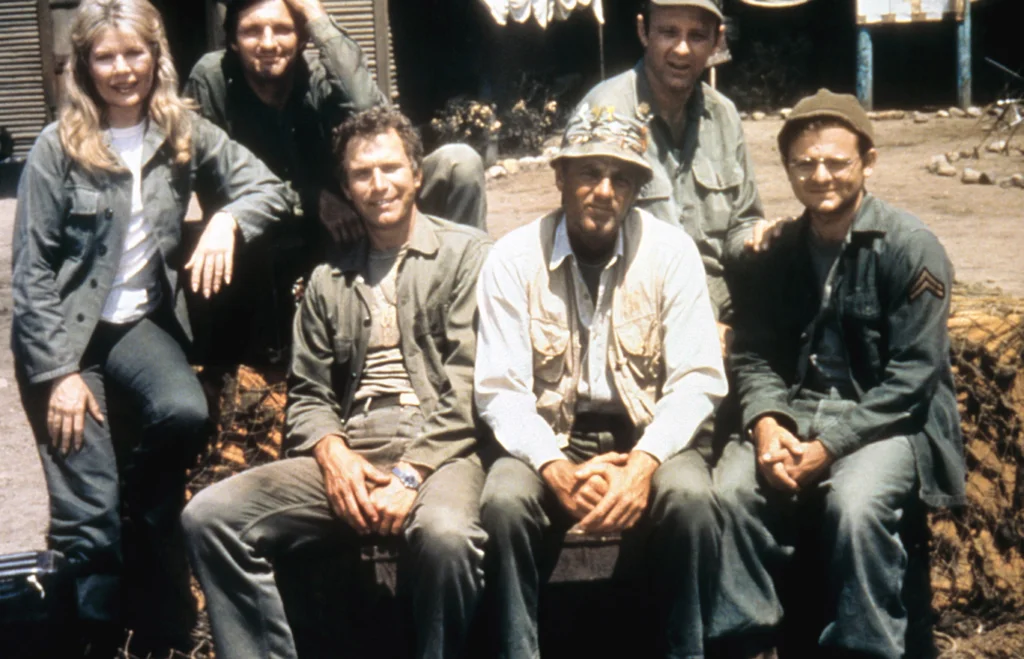
Okay, technically this aired in early ’83, but the show dominated the entire decade of the ’70s and this finale was the culmination of everything we’d invested in for eleven years. “Goodbye, Farewell and Amen” drew over 105 million viewers, making it the most-watched television episode in American history at the time. Families planned their evening around Hawkeye’s final departure from the 4077th, and tissues were definitely needed when that helicopter finally lifted off. Screen Rant summaries just how impactful this show was, literally, on plumbing.
The two-and-a-half-hour goodbye felt like saying farewell to old friends who had gotten us through the real-world turmoil of Vietnam, Watergate, and an energy crisis. Everyone had their favorite character, whether it was the wise-cracking Hawkeye, the bumbling but loveable Klinger, or the stern-but-caring Major Houlihan. When the show ended, it marked the close of an era where television could tackle serious subjects while still making us laugh until our sides hurt.
2. The “Who Shot J.R.?” Cliffhanger from Dallas (March 21, 1980)
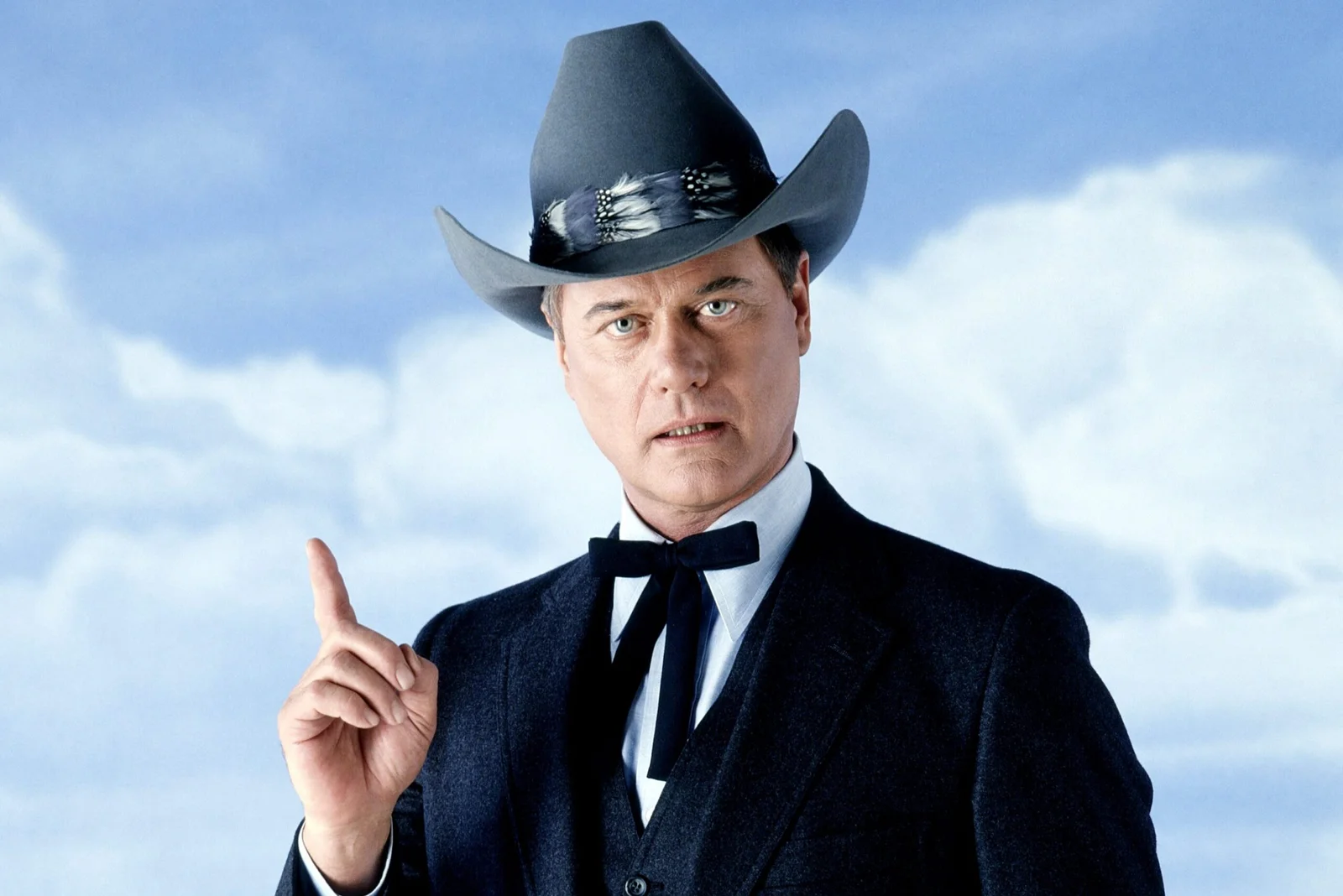
The question consumed America for an entire summer, turning water cooler conversations into heated debates and spawning everything from t-shirts to bumper stickers. When J.R. Ewing was gunned down in the season finale, viewers were left hanging until the following November to discover the shooter’s identity. It was appointment television at its finest – you simply couldn’t miss the resolution episode or you’d be left out of every conversation for weeks. To this day, it is only remembered by People as one of the best of the best cliffhanger mysteries.
The reveal that Kristin Shepard was the culprit drew over 90 million viewers, making it one of the highest-rated episodes in television history. Bars held “Who Shot J.R.?” parties, and even presidential candidates were asked about their theories during the 1980 campaign. Dallas proved that a nighttime soap opera could capture the nation’s attention like nothing before it, paving the way for primetime drama as we know it today.
3. The Debut of Saturday Night Live (October 11, 1975)
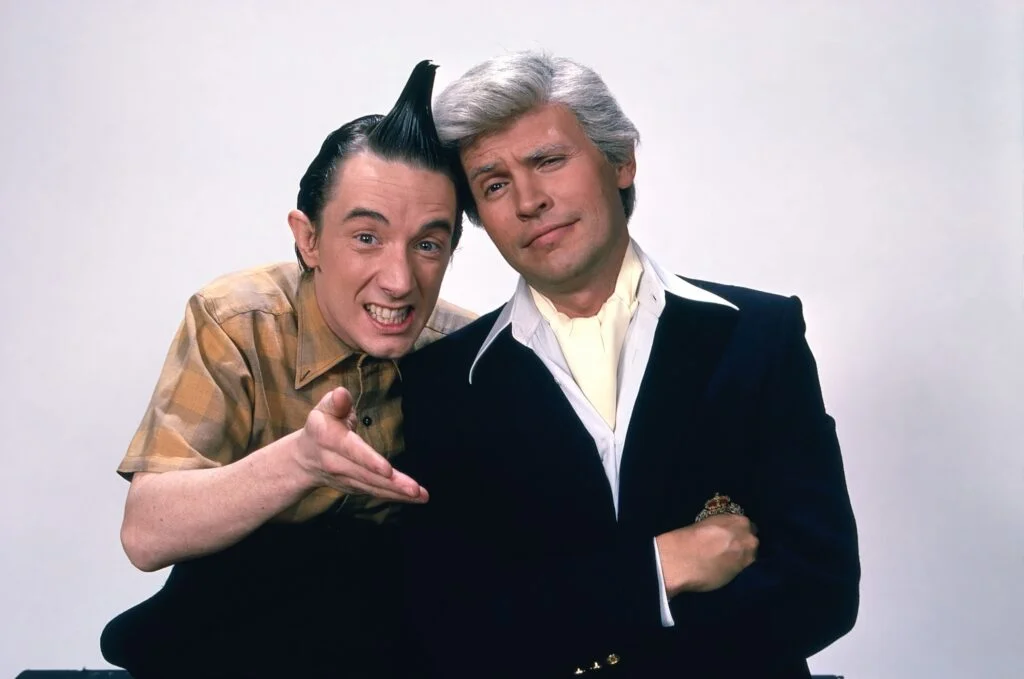
Nobody quite knew what to expect when Lorne Michaels introduced this experimental late-night variety show with a cast of unknown comedians. The first episode featured George Carlin as host and musical guests Billy Preston and Janis Ian, but it was the ensemble of “Not Ready for Prime Time Players” who would change comedy forever. Chevy Chase, John Belushi, Dan Aykroyd, and the gang brought a rebellious, irreverent spirit that felt fresh and dangerous. NBC comes live from New York to revisit the original cast of the show.
Weekend Update became the satirical news source for a generation, while recurring characters like the Blues Brothers and the Samurai warrior became cultural touchstones. SNL gave voice to the counterculture movement while simultaneously becoming mainstream entertainment that parents and kids could enjoy together. The show’s influence on comedy and pop culture extends far beyond the ’70s, but those early seasons captured lightning in a bottle during a time when America needed to laugh.
4. The Fonzie Water-Skiing Episode from Happy Days (September 20, 1977)
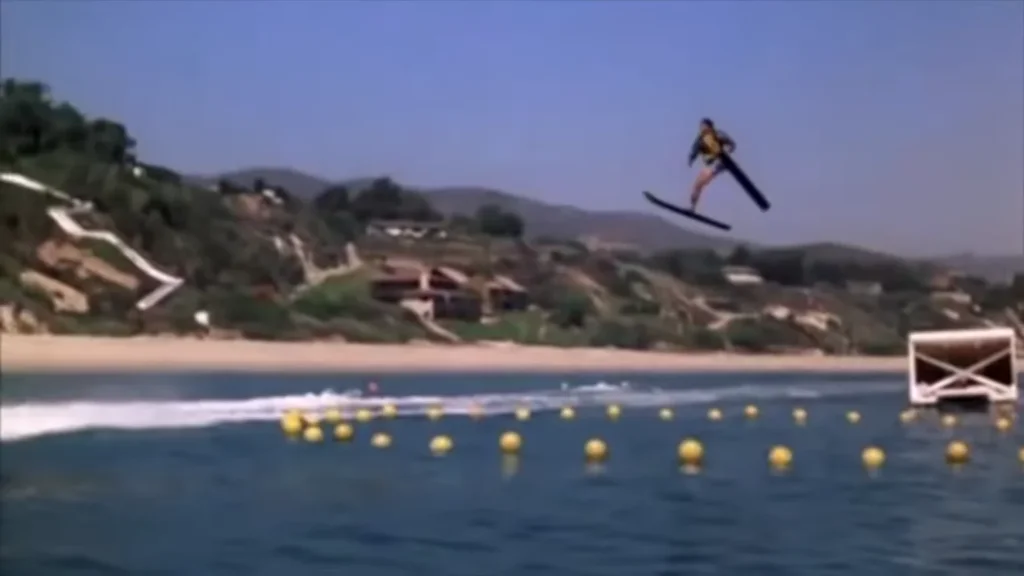
“Ayyyy!” The Fonz was already the coolest cat on television, but when he water-skied over a shark pen while wearing his leather jacket, it became a moment that would later give name to when shows go too far. The three-part Hollywood storyline seemed harmless enough at the time – just the Cunningham family and their friends having adventures in sunny California. Viewers tuned in faithfully to see if Fonzie could maintain his cool while attempting water sports.
The episode actually drew huge ratings and kept Happy Days popular for several more seasons, proving that sometimes the most outrageous moments can capture audiences’ imaginations. Fonzie’s fearless attitude and unwavering confidence made him a hero to kids and a symbol of rebellious coolness to adults who remembered their own youth. Though critics later used this episode to describe when shows “jump the shark,” at the time it was just good old-fashioned family entertainment that brought everyone together on Tuesday nights.
5. The Premiere of Roots (January 23, 1977)
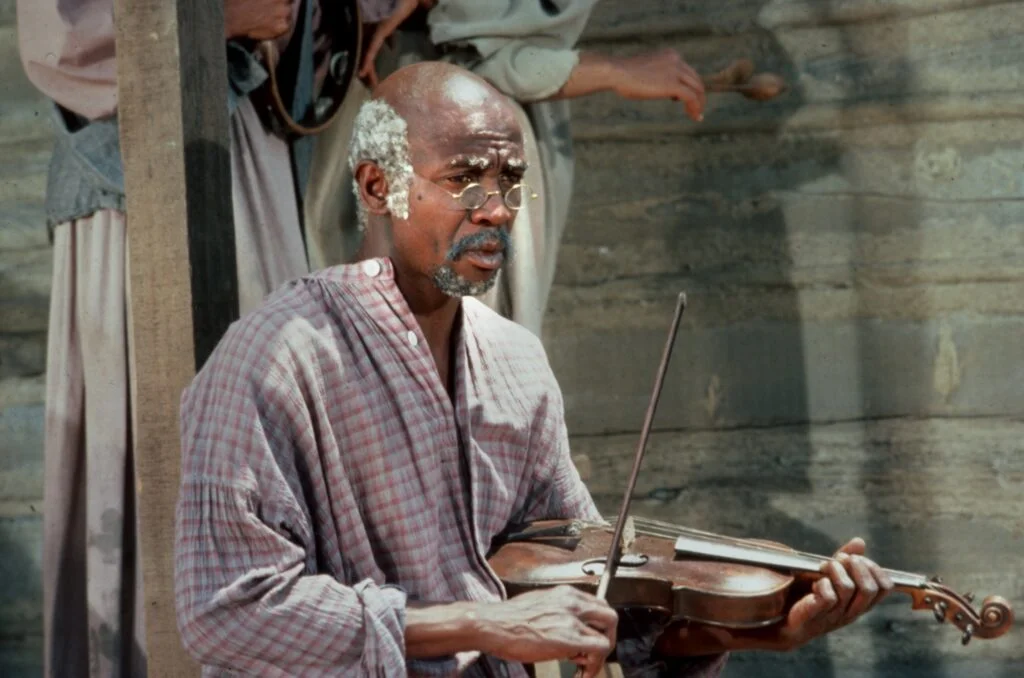
Alex Haley’s epic miniseries transformed television and started conversations about American history that had never happened on such a massive scale. The eight-night event drew an estimated 130 million viewers over its run, with the final episode becoming one of the most-watched programs in television history. Families gathered night after night to follow Kunta Kinte’s journey and his descendants’ struggles through slavery and beyond.
The series sparked a nationwide interest in genealogy, with libraries reporting massive increases in requests for family history research materials. LeVar Burton’s portrayal of young Kunta Kinte became iconic, while the stellar cast including John Amos, Maya Angelou, and Ben Vereen brought dignity and humanity to difficult historical truths. Roots proved that television could be both educational and entertaining, paving the way for future historical dramas while helping heal national wounds through shared understanding.
6. The Wedding of Luke and Laura on General Hospital (November 16-17, 1981)
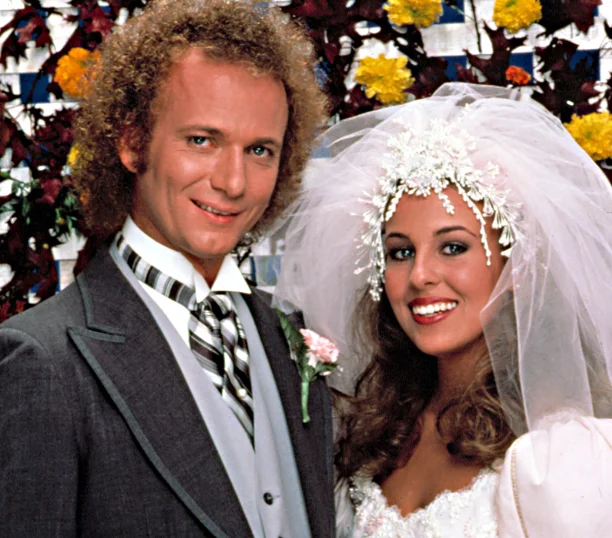
Again, this technically aired in the early ’80s, but the Luke and Laura storyline dominated the late ’70s and created the template for every soap opera romance that followed. Elizabeth Taylor’s guest appearance as Helena Cassadine drew even non-soap fans to their television sets for this two-day wedding extravaganza. The ceremony attracted over 30 million viewers, making it the highest-rated episode in soap opera history.
The couple’s tumultuous romance had viewers scheduling their days around General Hospital’s 3:00 PM time slot, and VCRs became essential for those who couldn’t be home. Anthony Geary and Genie Francis became household names, and their on-screen chemistry sparked countless imitators across daytime television. The wedding showed that soap operas could create cultural moments that transcended their typical audience, bringing together viewers who might never admit to watching “stories” in the first place.
7. The Debut of Charlie’s Angels (September 22, 1976)
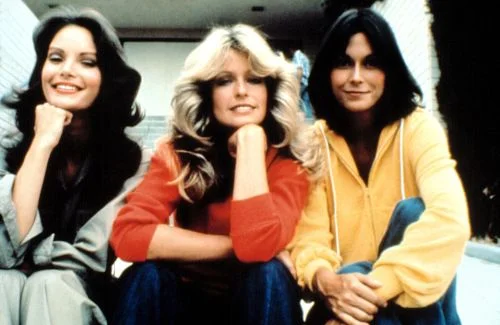
Farrah Fawcett’s feathered hair became as iconic as the show itself when Charlie’s Angels premiered and introduced audiences to a new kind of action hero. The three beautiful private detectives – Sabrina, Jill, and Kelly – combined glamour with crime-fighting in a way that felt both empowering and entertaining. Aaron Spelling’s creation struck the perfect balance between action and style, giving viewers both exciting storylines and fashion inspiration.
The show sparked countless Halloween costumes and hairstyle trends, while the mysterious Charlie (voiced by John Forsythe) became television’s most famous unseen character. Kate Jackson, Farrah Fawcett, and Jaclyn Smith became role models for young women who wanted to see themselves as capable and independent. Charlie’s Angels proved that female-led action shows could draw massive audiences, opening doors for future series while creating a pop culture phenomenon that extended far beyond the small screen.
8. The Laugh-In Presidential Cameo (September 16, 1968)
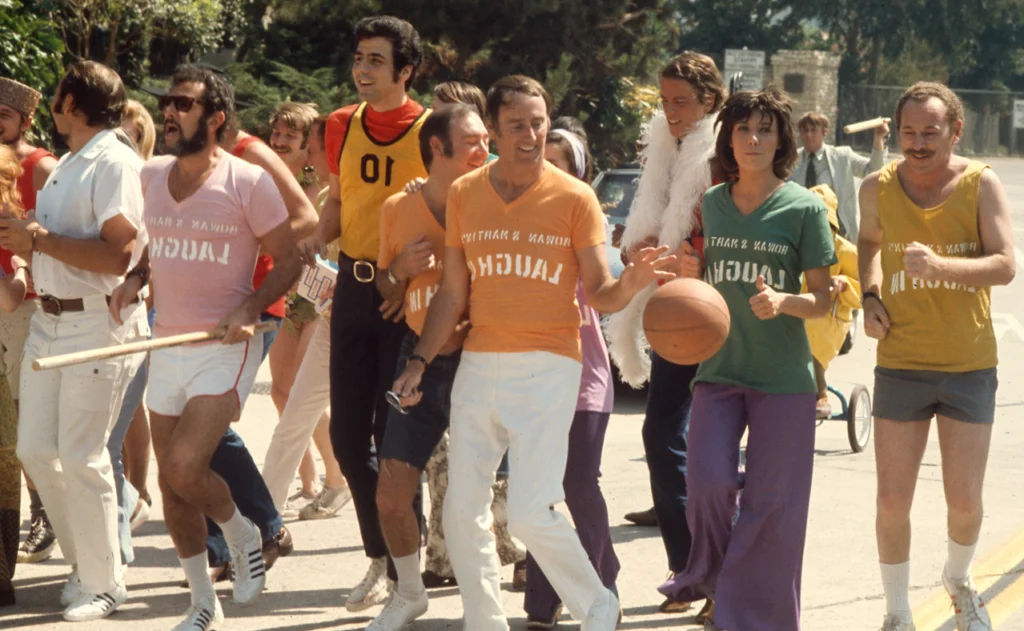
While Rowan & Martin’s Laugh-In premiered in the late ’60s, its cultural impact extended well into the ’70s, especially after Richard Nixon’s famous “Sock it to me?” cameo. The show’s rapid-fire comedy format and irreverent humor influenced comedy throughout the decade. Goldie Hawn, Lily Tomlin, and Arte Johnson became household names through their recurring characters and catchphrases that everyone repeated.
The Joke Wall segments and “Here come da judge” became part of everyday conversation, while the show’s political satire set the standard for comedy’s role in social commentary. Laugh-In’s influence on Saturday Night Live and other comedy shows was unmistakable, and its party-like atmosphere captured the rebellious spirit of the times. The show proved that comedy could be both silly and smart, creating a template for variety shows that dominated the ’70s television landscape.
9. The All in the Family Toilet Episode (December 9, 1971)

Norman Lear broke television taboos forever when Archie Bunker’s toilet actually flushed on screen, marking the first time the sound had ever been heard on American television. The episode, “The Bunkers and the Swingers,” dealt with modern relationships in Archie’s typically controversial style. Audiences were both shocked and delighted that television was finally acknowledging that people actually used bathrooms.
The moment represented All in the Family’s willingness to tackle subjects that other sitcoms wouldn’t touch, from politics to social issues to basic human functions. Carroll O’Connor’s Archie became a character people loved to hate, while Jean Stapleton’s Edith provided the heart that kept viewers coming back. The show’s unflinching look at American prejudices and changing social norms made it appointment television for families who wanted to laugh while confronting uncomfortable truths.
10. The Dukes of Hazzard Car Chases (January 26, 1979)
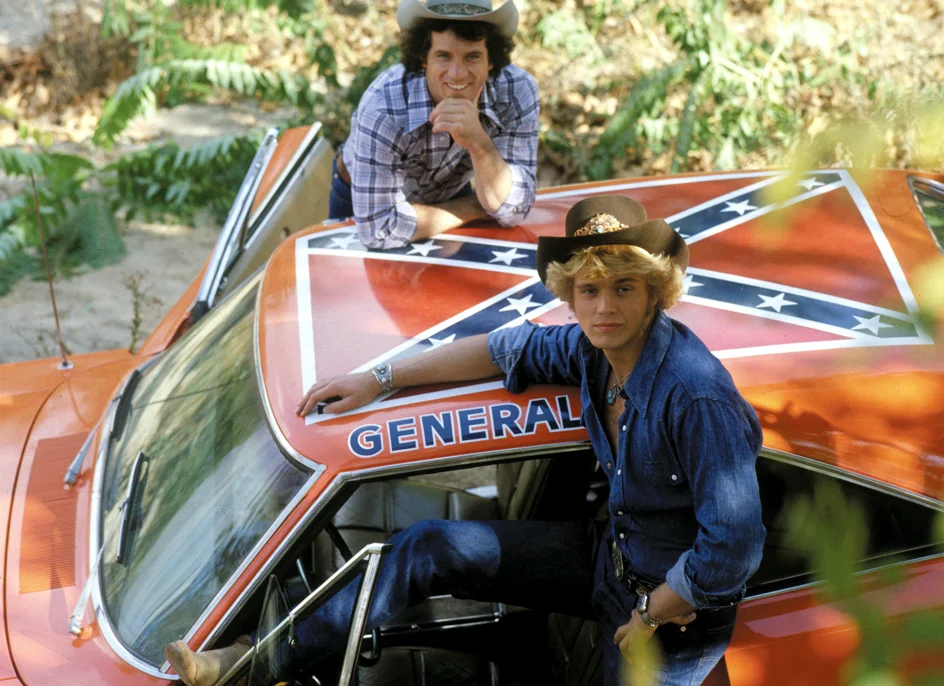
The General Lee became television’s most famous car when The Dukes of Hazzard premiered and introduced audiences to Bo and Luke Duke’s orange Dodge Charger. Every episode featured spectacular car chases and jumps that had kids across America dreaming of driving through Hazzard County. The show’s good-natured approach to law-breaking made the Duke boys feel like modern-day Robin Hoods fighting against the corrupt Boss Hogg.
Catherine Bach’s Daisy Duke created a fashion trend that lasted decades, while the show’s Southern charm and family values appealed to audiences nationwide. The car stunts were real and spectacular, requiring multiple General Lees to be destroyed during filming, which only added to the show’s legend. The Dukes of Hazzard proved that simple, wholesome entertainment could still draw massive audiences even as television was becoming more sophisticated and cynical.
11. The Sonny and Cher Comedy Hour Divorce (June 29, 1975)
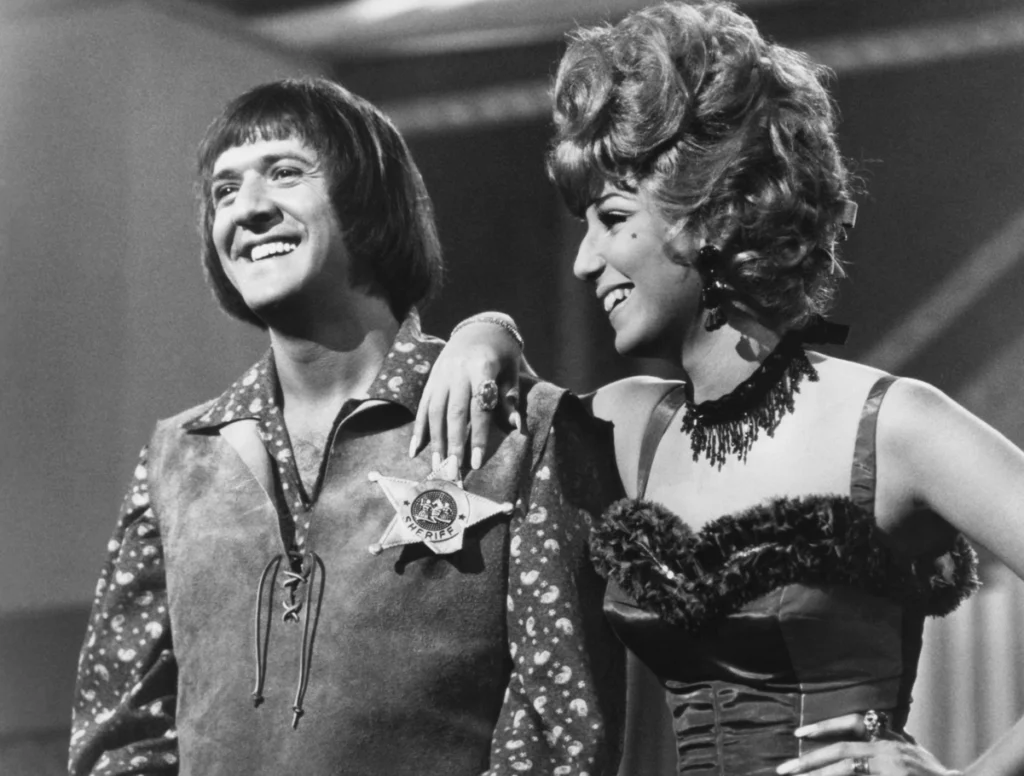
When Sonny and Cher’s marriage fell apart in real life, their variety show became must-see television as audiences watched the former couple navigate their professional relationship. The final episode of their show marked the end of one of television’s most beloved partnerships, both personal and professional. Their on-screen chemistry had made them America’s sweethearts, and watching them say goodbye felt like witnessing the end of an era.
The couple’s banter and musical performances had defined early ’70s variety television, with Cher’s elaborate Bob Mackie costumes becoming as famous as their hit songs. Sonny’s earnest humor and Cher’s quick wit created a dynamic that influenced countless variety shows that followed. Their divorce proceedings became tabloid fodder, but their professional grace during the show’s final episodes showed a maturity that made audiences respect them even more.
12. The Mary Tyler Moore Show Series Finale (March 19, 1977)
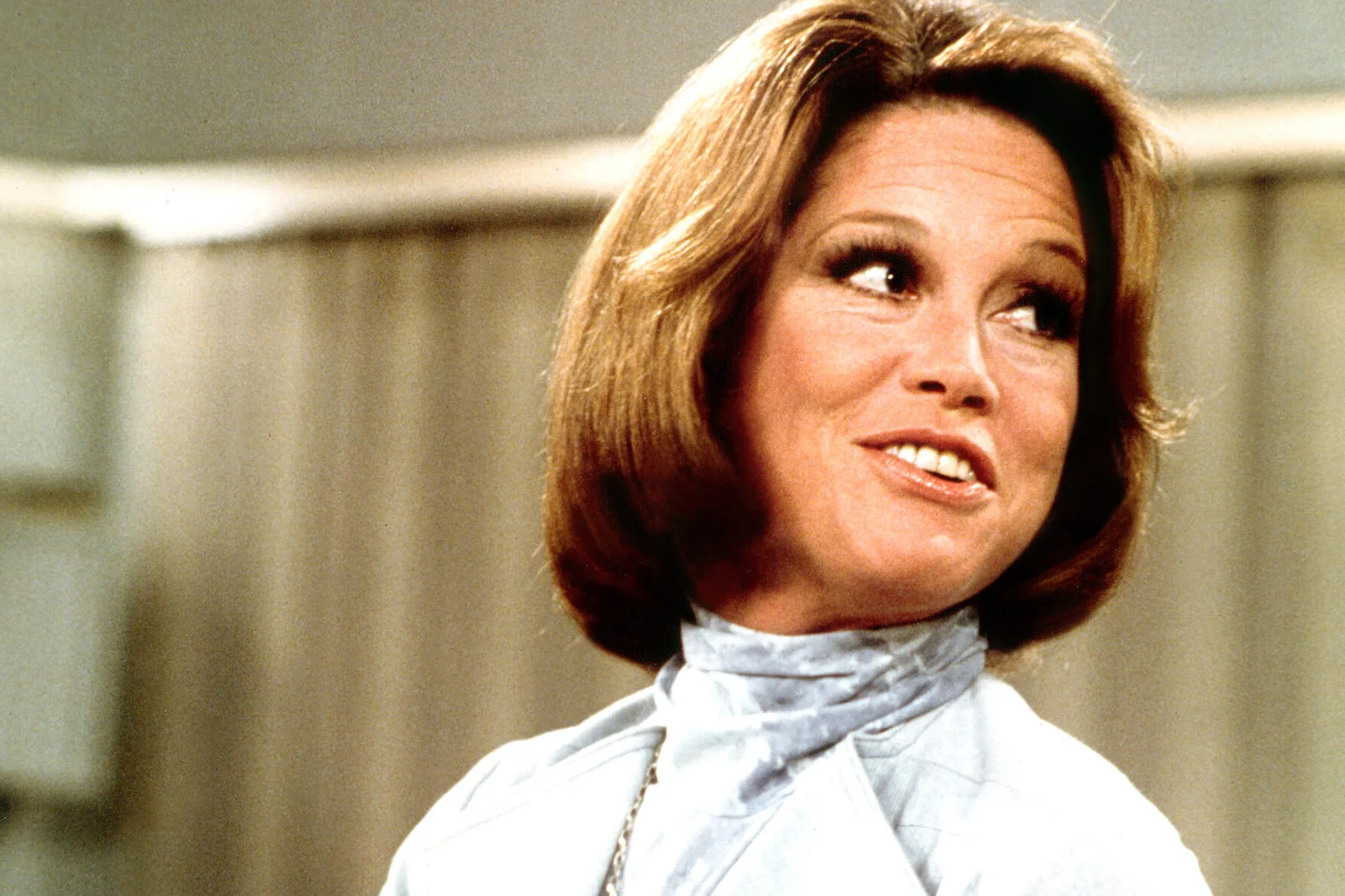
The newsroom group hug in the final episode of The Mary Tyler Moore Show became one of television’s most emotional goodbyes as Mary Richards and her colleagues said farewell after seven groundbreaking seasons. The episode, “The Last Show,” dealt with the entire WJM news team being fired, bringing together all the workplace family dynamics that had made the show special. Tissues were definitely needed when the group couldn’t stop hugging and had to shuffle together to reach the light switch.
Mary Tyler Moore had redefined what it meant to be a single woman on television, showing that career fulfillment and independence could be just as rewarding as traditional family life. The show’s smart writing and ensemble cast created characters that felt like real friends to viewers who had followed their adventures for seven years. The Mary Tyler Moore Show’s influence on workplace comedies and female-centered programming extended far beyond the ’70s, but its finale marked the end of television’s most beloved single woman’s journey.
The 1970s gave us television moments that brought families together and created shared cultural experiences that we still reference today. These twelve moments remind us of a time when appointment television truly mattered, when missing an episode meant being left out of national conversations, and when the whole country could gather around their TV sets for something truly special. Whether it was groundbreaking drama, innovative comedy, or just plain fun entertainment, these moments helped define not just the decade, but television itself.


